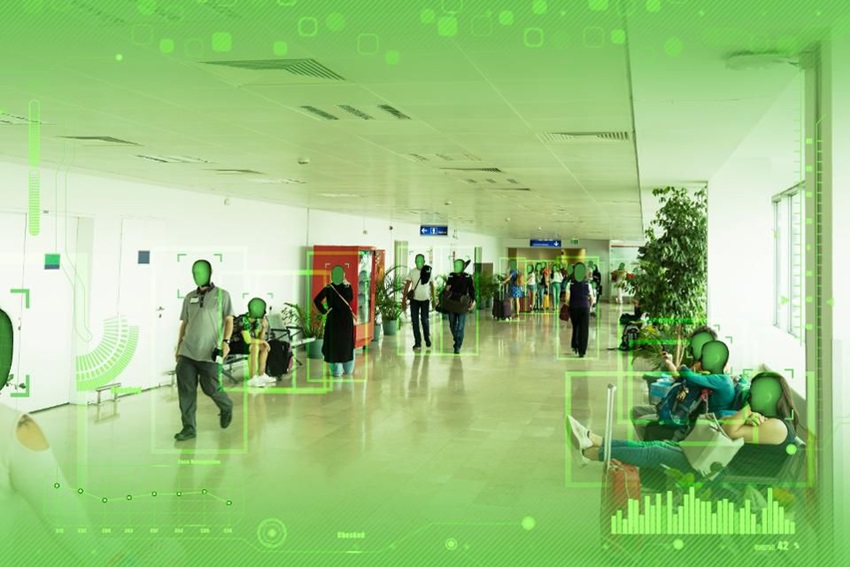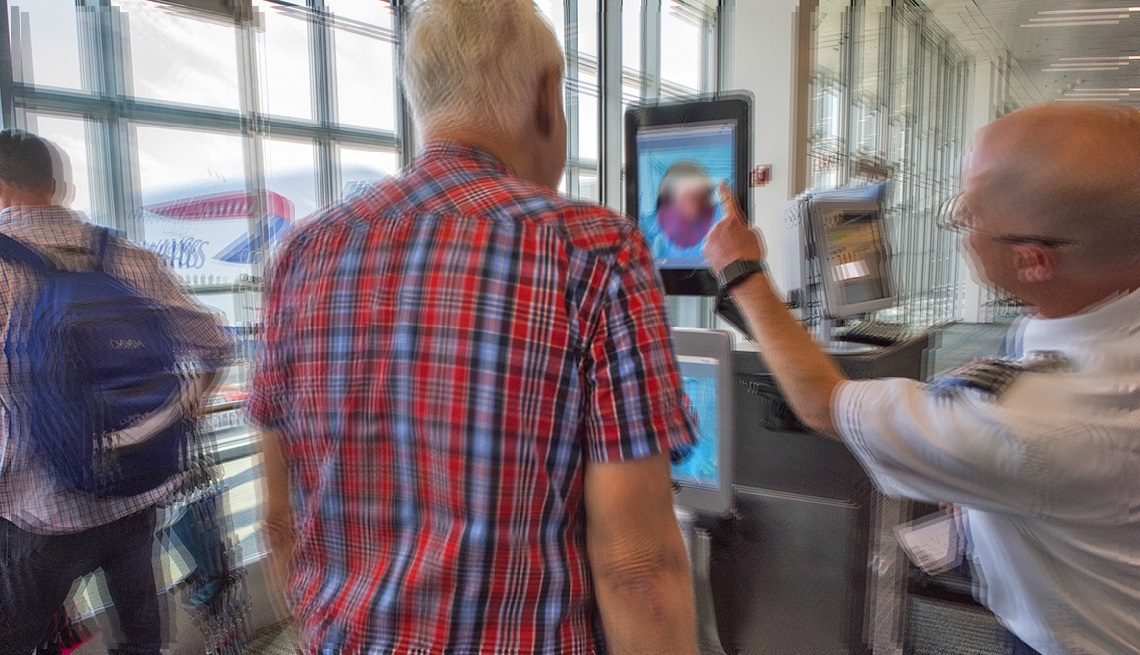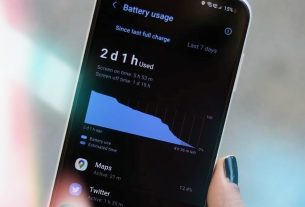Sun 02 June 2019:
Trendsetting Singapore
Singapore was among the first in the world to pioneer such technology to shuttle passengers through its airports more swiftly. Changi Airport launched its facial recognition support systems in late 2017, using biometric technology to free up passenger queues from check-in, through to immigrant checks and boarding.

Taking off in the US
The US opened its first biometric terminal in December 2017 at Hartsfield-Jackson Atlanta International Airport in Georgia. The airport plays a huge role in US flights and international transfers through North America, and is the busiest in the US in terms of passenger numbers. Biometric e-gates have since opened in LAX in California, New York’s JFK Airport and Orlando International Airport in Florida, and more are being unrolled at other sites across the country.
China’s Chengdu
Chengdu Shuangliu International Airport in China uses facial recognition to provide travel information to passengers after scanning their features, to the surprise of some who pass through the facility.
Wow! China Airport face recognition systems to help you check your flight status and find the way to your gate. Note I did not input anything, it accurately identified my full flight information from my face! pic.twitter.com/5ASdrwA7wj
— Matthew Brennan (@mbrennanchina) March 24, 2019

Tokyo 2020
Japan’s busy Narita Airport near Tokyo plans to become the nation’s first to use passengers’ own faces as their boarding cards. The move is said to be part of Japan’s preparations for the 2020 Summer Olympics and Paralympics to help ease queues at the airport as sports fans flock in. Although travelers will still need their passports for clearing immigration, they can use facial recognition to check themselves and their bags in for their flights, and to get through security checks.
Heathrow hub
Heathrow Airport (the UK’s biggest) says it’s going to use facial recognition for passengers instead of boarding cards starting this summer. The airport already uses facial recognition in its security systems and is currently rolling out the tech to ease passenger congestion. Last summer saw huge queues at the airport, with some unfortunate travelers spending more than two-and-a-half hours waiting to get through border controls.
Like this story? Share it with a friend!





